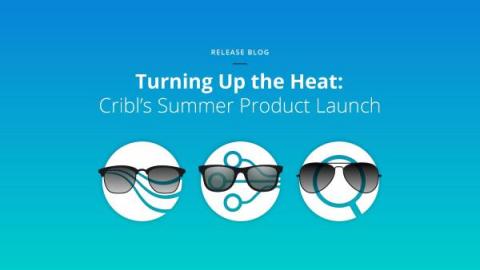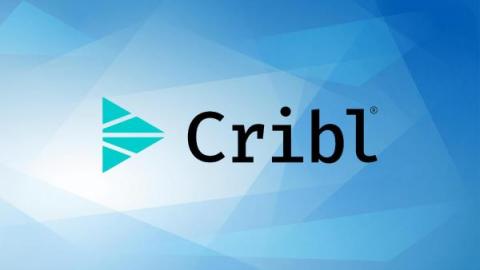Architectural Considerations for Your Cribl Stream Deployment
During our March Cribl User Group livestream, Cribl’s own Eugene Katz covered some of the updates we made to our documentation on Architectural Considerations for deploying Cribl Stream. Topics included our guidelines for determining the ideal number of worker nodes, accounting for throughput variability, and preparing for system failure. The full video has more information on these and other things to consider when determining the right balance between cost and risk for your organization.




